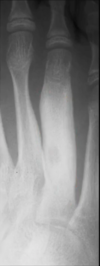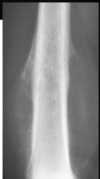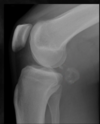Bone Disease Flashcards
(62 cards)
This lesion would be considered ____-based
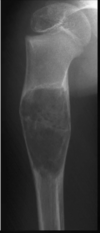
Medullary (centric)
This lesion would be considered ____-based
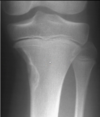
Cortical (eccentric)

This lesion would be considered ____-based

Periosteal

This lesion would be consider ____-based

Extraosseus

The shape of this lesion would be described how

Pedunculated Exostosis (think of broccoli)

The shape of this lesion would be described how

Sessile Exostosis

What is shown here?
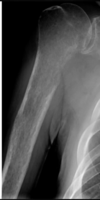
Poorly defined margination

What is shown here?

Well defined margination

What is shown here?

Cortical Thinning
(also well-defined lesion)

What is shown here?

Cortical Thickening

What is shown here in regards to cortex?

Cortical Expansion with cortical interupption

What is shown here?

Cortical Destruction

_____ are usually used to describe decreased focal density due to aggressive lesions
Osteolytic (aka permeative/motheaten)
_____ are usually used to describe decreased focal density due to benign lesions
Lucent (aka geographic or soap bubbly)
What lesion is shown here in regards to density?

Lucent (aka geographic)

What is shown here in regards to density?

Soap Bubble (lucent, well-defined)

What is seen here in regards to density?
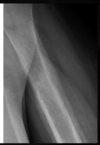
Peremeative/Motheaten (osteolytic)

What is seen here in regards to density?

Permeative/Motheaten

What is seen here in regards to density? (left is abnormal)
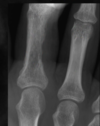
Permeative/Motheaten
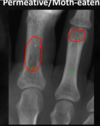
_____ are usually used to describe increased focal density due to aggressive lesions
Osteoblastic
_____ are usually used to describe increased focal density due to benign lesions
Sclerotic
What is seen here in regards to density?

Osteoblastic (large zone of transition, ill defined)

What is seen here in regards to density?

Sclerotic

What is seen here in regards to density?

Mixed (osteoblastic & osteolytic)


















